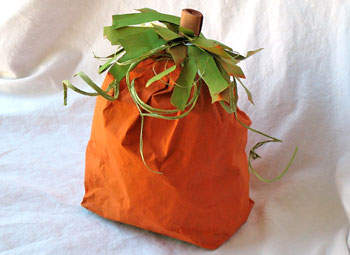
This poem is a call to ACTION:
to see light through the color slide,
to listen for the sound of the hive,
to watch the mouse wander its way through the maze of the poem,
to feel around in the dark for a light switch,
to waterski and wave at the author who is standing at the shore
(patiently smiling, I imagine).
This poem is also a REMINDER:
to NOT tie the poem to a chair and to NOT torture a confession out of it.
Deconstructing poems to shreds of rudimentary grammar and mechanics, rhythm and rhyme scheme, always distracts the reader from the ability of poetry to resonate a wonderful thought provoking idea!
Reading poetry aloud helps us hear the lovely sounds of language.
Reading poetry on the page helps us see the way words work together.
This poem is comprised of four sentences. Each begins with a capital letter and ends with a mark—four beautifully simple sentences broken into bite-sized fragments. In four sentences, Billy Collins teaches us the purpose of every single poem. And when a poet writes a poem to help us consider just exactly what a poem is, well that poem is a an ars poetica (click through to learn a little more).
Listen to Billy Collins narrate this wonderful poem here.
~Kimberly


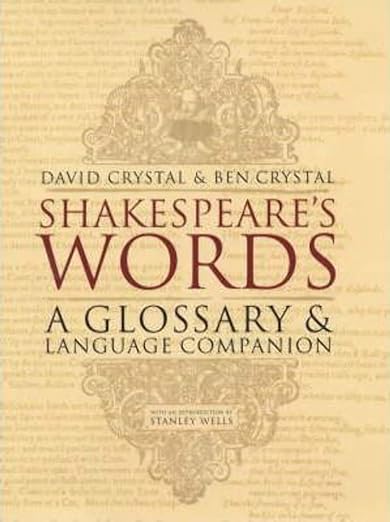
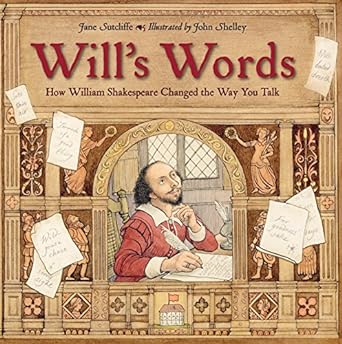





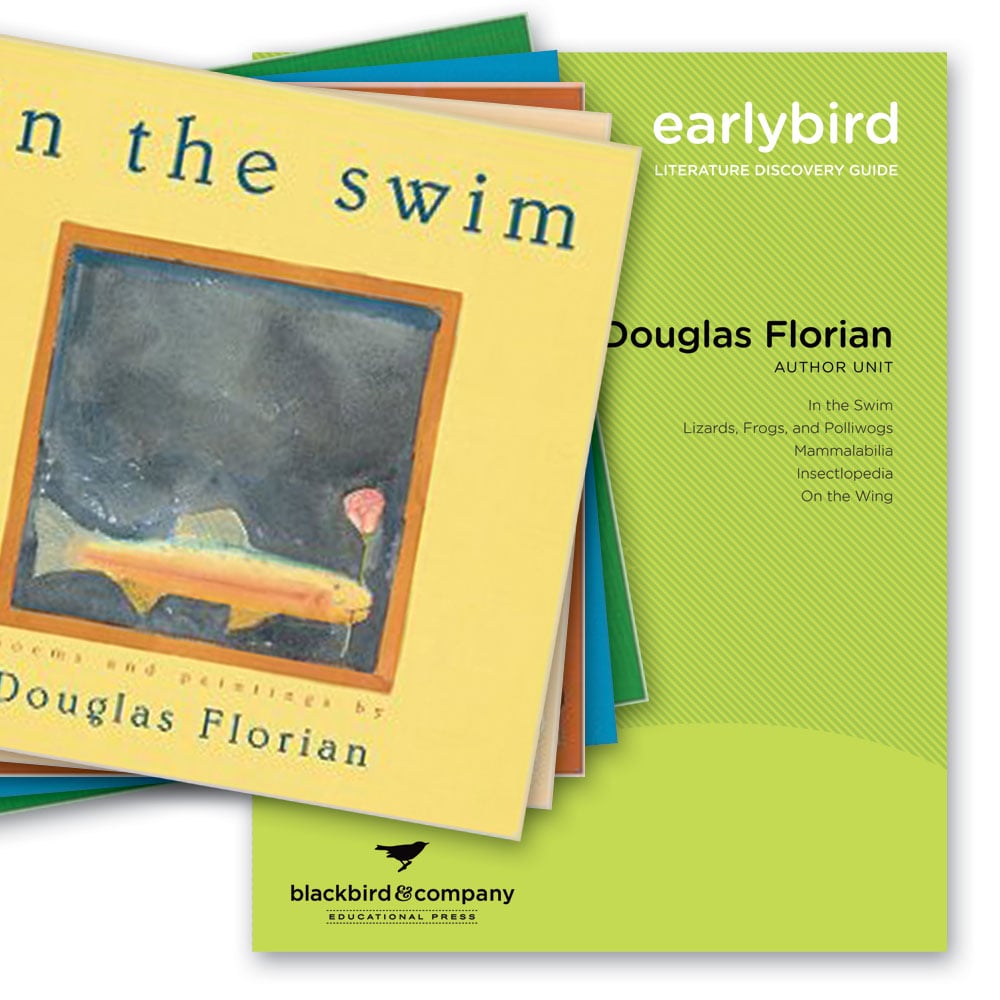 Try Douglas Florian.
Try Douglas Florian.
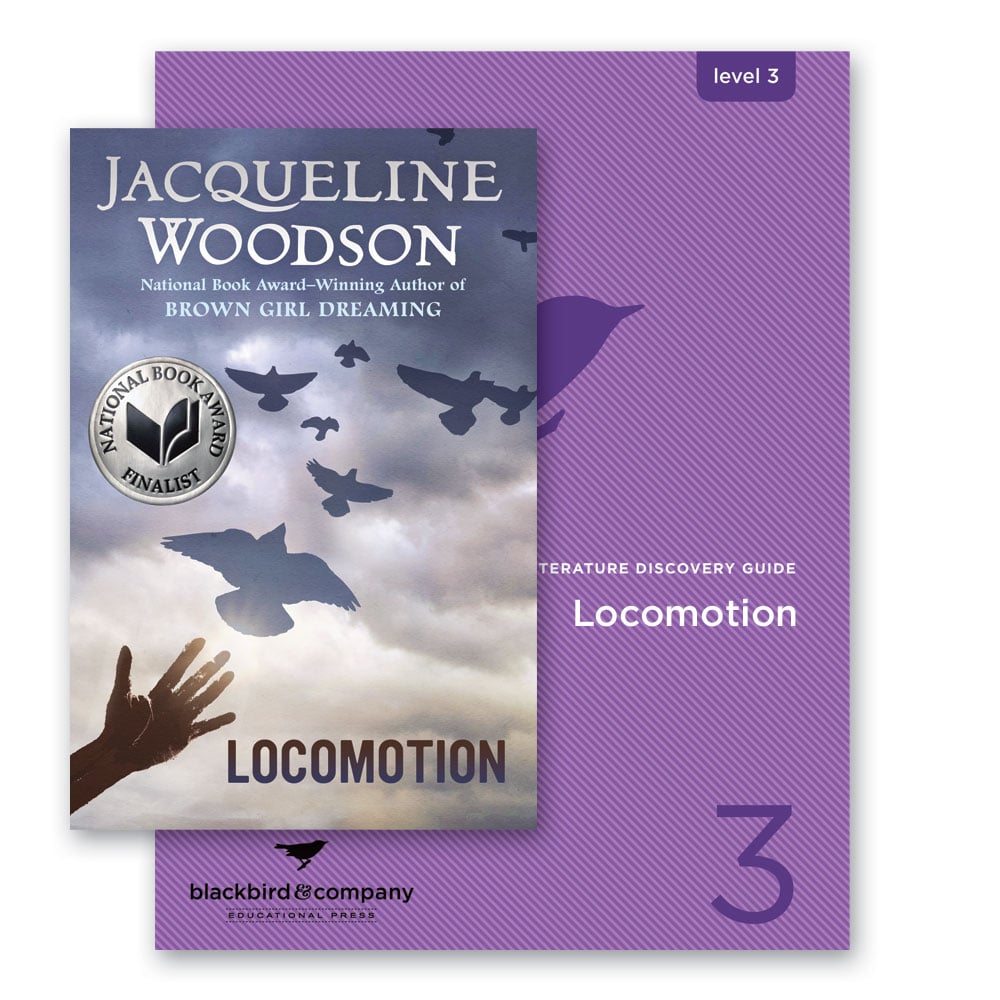
 Try Exploring Poetry.
Try Exploring Poetry.